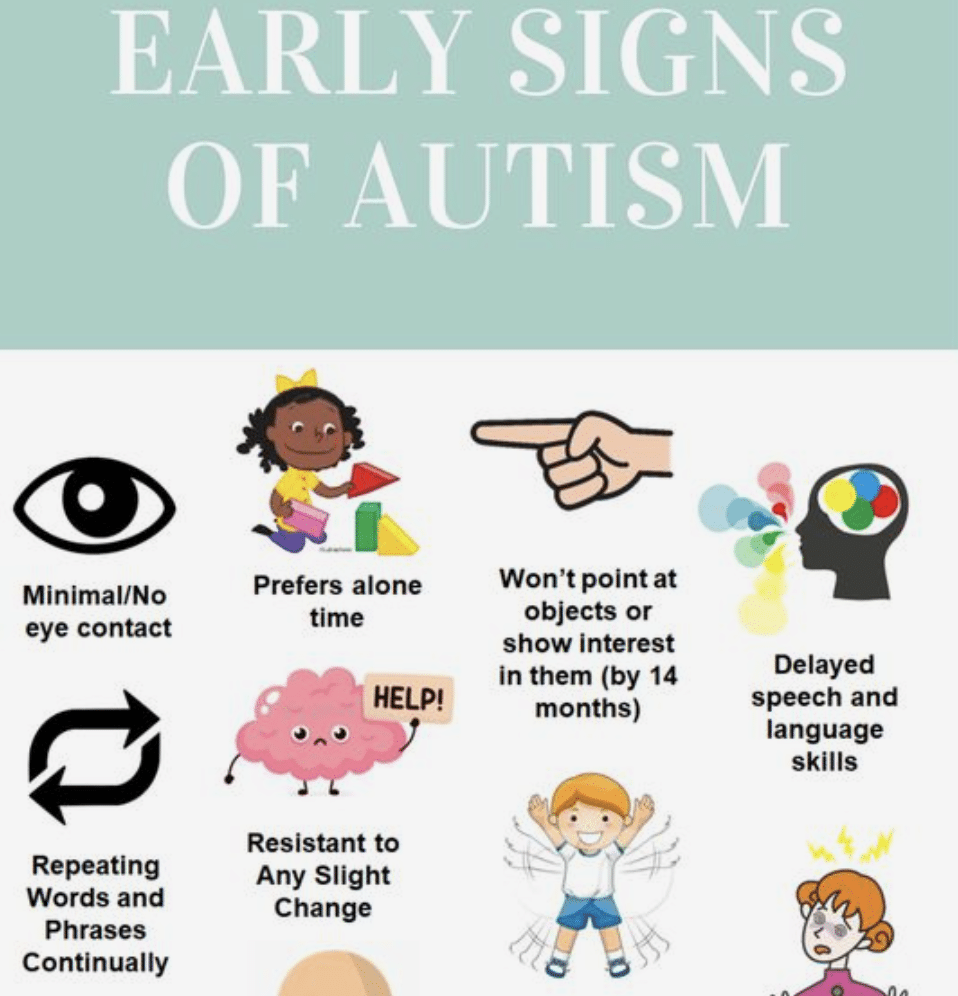Synesthesia can often coexist with or be associated with various conditions. Here are some conditions that may be connected to synesthesia:
- Autism spectrum disorder (ASD): Synesthesia is more commonly observed in individuals with ASD, where sensory perceptions may be heightened or interconnected.
- ADHD (Attention Deficit Hyperactivity Disorder): Some individuals with ADHD may also experience synesthetic sensations, where sensory inputs can overlap or intertwine.
- Migraines: Synesthesia has been reported more frequently in individuals who experience migraines, suggesting a potential link between the two conditions.
- Epilepsy: There is an increased prevalence of synesthesia among individuals with epilepsy, particularly those with temporal lobe epilepsy.
It’s important to note that not all individuals with synesthesia will have these associated conditions, and the presence of these conditions does not necessarily indicate the presence of synesthesia. If you suspect your child may have synesthesia or any associated conditions, it is recommended to consult with a healthcare professional for a comprehensive evaluation. Understanding the potential associations between synesthesia and other conditions can provide insights into the interconnected nature of sensory experiences and cognitive processes. By recognizing these connections, parents can seek appropriate support and guidance to help their child navigate the unique aspects of synesthesia in their everyday lives.















